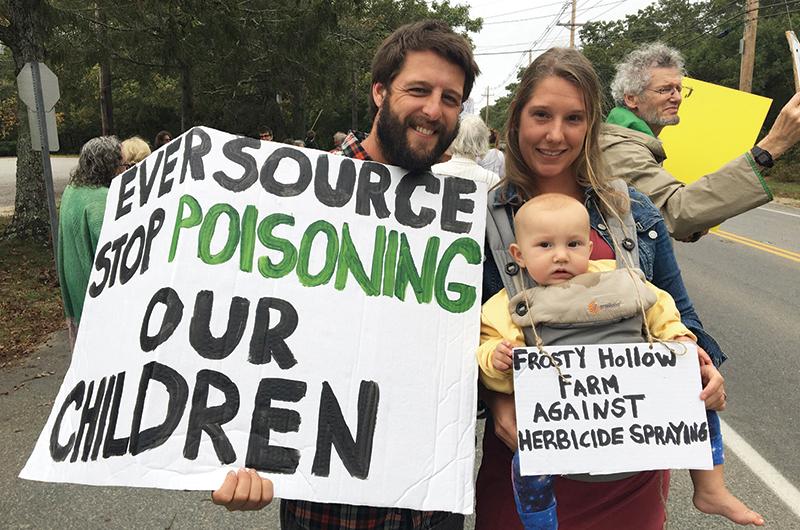Additionally, the debate on Silent Spring furthered a modern environmental movement beyond pesticides, leading to policies like the Clean Air Act, Clean Water Act, Safe Drinking Water Act, and Endangered Species Act.

LONG-TERM IMPACT
"In 1957 the U.S Department of Agriculture sprayed 4.9 million acres with the pesticide [DDT]; in 1967, the USDA sprayed only 100,000 acres with it."
~ Chemical Week
Numerous Environmental Policies
Before her death in 1964, Carson asked the Senate Committee of Commerce to create a commission for pesticide and environmental issues. After Richard Nixon became president, the National Environmental Policy Act (NEPA) was passed and the Environmental Protection Agency (EPA) was created in 1970.
The NEPA states that when a new resource is found, it has to be inspected to see if it is safe for organisms and the environment.

U.S. Environmental Protection Agency logo, epa.gov
The EPA is in charge of protecting organisms and the environment from harmful contaminants such as pesticides. In 1972, the EPA was given responsibility for pesticide regulation through the Federal Environmental Pesticide Control Act.
"The legal victories won in the late sixties and early seventies formed the foundation on which the modern environmental movement is built."
~ John Adams, founder of the Natural Resources Defense Council
Inspiration of Public Activism
Even before DDT was banned in America by the EPA, environmental activists were already in motion. Carol Yannacone heard of a DDT spraying by Suffolk County Mosquito Control Commission that caused a fish kill in a cherished childhood lake called Yaphank Lake. Yannacone filed a lawsuit on April 25, 1996, resulting in the New York State Supreme Court banning DDT in Suffolk County for 1.5 years. Yannacone became co-founder of the Environmental Defense Fund.
"However, the stage was set for change with the publication of Rachel Carson’s New York Times bestseller Silent Spring in 1962. The book represented a watershed moment, selling more than 500,000 copies in 24 countries as it raised public awareness and concern for living organisms, the environment and the inextricable links between pollution and public health."
~ earthday.org

Carol Yannacone, yannalaw.com
Despite numerous policies and bans, pesticide issues still exist. While America, Denmark, and Hungary have banned DDT, China and India still use DDT. Three-quarters of Americans use pesticides. New pesticides are being made, more people die from pesticides each year, and some people are oblivious to the dangers of pesticides. However, there is hope because Carson's legacy lives on in environmental activism.

A couple and their baby protesting against the use of herbicide spraying, 2017, Martha's Vineyard Magazine